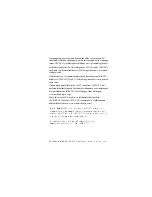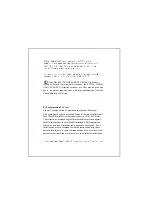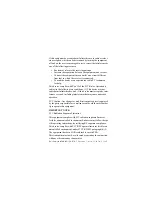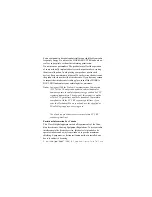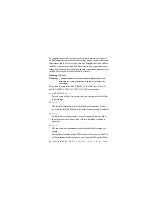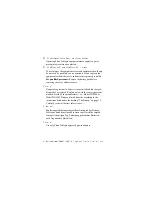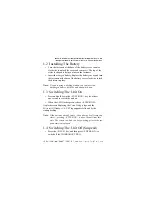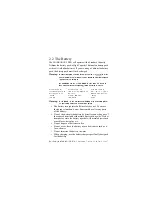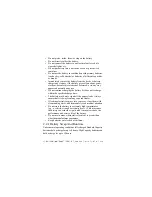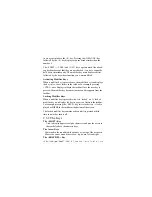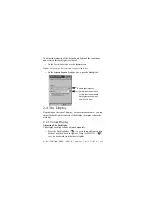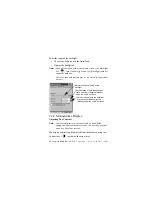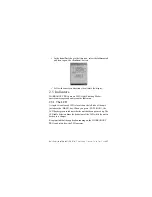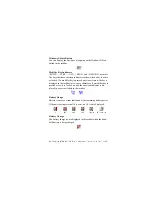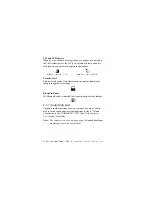
3VLRQ7HNORJL[:25.$%2873520&+DQG+HOG&RPSXWHU4XLFN6WDUW*XLGH
Moves the cursor one character to the left, erasing the incorrectly
entered key stroke.
<DEL> key (<BLUE> <BKSP>) erases the character at the cur-
sor position.
7KH&75/!$QG$/7!.H\
Modify the function of the next key pressed and are application
dependent.
7KH7$%!.H\
Usually moves the cursor to the next field to the right or down-
ward. Pressing <ORANGE> <TAB> move the cursor backward.
7KH(6&!.H\
Generally used as a keyboard shortcut to close the current menu,
dialogue box or activity and return to the previous one.
7KH63$&(!.H\
Inserts a blank space between characters. In a Windows dialogue
box, the <SPACE> key enables (Ð) or disables a checkbox.
7KH6&$1!.H\V
Activate the scanner beam while pressed. For units without inter-
nal scanners, these keys are inoperable.
7KH)XQFWLRQ.H\V±)!WR)!
Perform special, custom-defined functions. These keys are
accessed by pressing <BLUE> followed by numeric keys
<1> to <10>. They can be used with the Windows CE .NET
operating system or another application.
7KH0DFUR.H\V±0!WR0!
Contain up to 20 programmable characters (“positions”) and exe-
cutable keys. These keys are accessed by pressing <ORANGE>
followed by alpha keys <O>, <P> or <Q>. When pressed, the
macro key executes a custom-defined string of characters, includ-
ing executable keys.
$GMXVWLQJ7KH.H\SDG%DFNOLJKW

